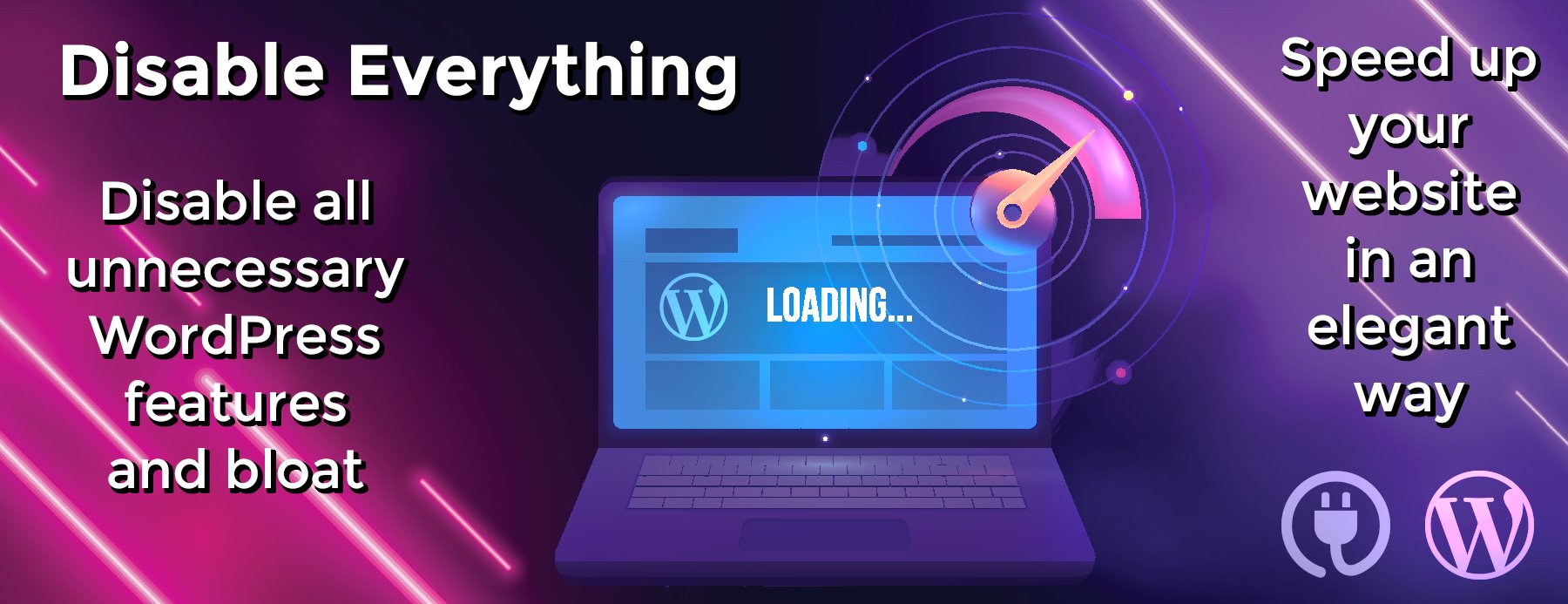next-ecommerce
Documentation
For updated online docs, please check this,
https://pickbazar-react-doc.vercel.app/
Introduction
Fastest E-commerce template built with React, NextJS, TypeScript, Apollo, React-Query, NestJs & Tailwind. Its very easy to use, you can build your schema very easily. GraphQL playground makes it’s own documentation, and for rest we use swagger, your frontend team will love using it.
Demo Links
- PickBazar Shop GraphQL
- PickBazar Shop REST
- PickBazar Admin GraphQL
- PickBazar Admin REST
- PickBazar API GraphQL Playground
- PickBazar API REST Playground
Tech We Have Used
We have used monorepo folder structure with Yarn Workspace. In our template we have three different part Admin Dashboard, Shop and API. Tech specification for specific part is given below
Admin Dashboard (GraphQL)
- NextJs
- Apollo
- GraphQL Let
- Tailwind
- Typescript
- React Hook Form
Admin Dashboard (REST)
- NextJs
- React-Query
- Axios
- Tailwind
- Typescript
- React Hook Form
Shop (GraphQL)
- NextJs
- Apollo
- GraphQL Let
- Typescript
- Tailwind
- Stripe Integration
- React Hook Form
Shop (REST)
- NextJs
- React-Query
- Axios
- Typescript
- Tailwind
- Stripe Integration
- React Hook Form
API
- NestJs GraphQL
- NestJs REST
- Class Transformer
- Class Validator
Getting Started & Installation
For getting started with the template you have to follow the below procedure. First navigate to the root directory. Then run below command for getting started with specific part.
# on root directory yarn
API (NestJs GraphQL)
-
Go to
/api/graphqldirectory and run below command.
# on api/graphql directory yarn yarn start:dev
NOTE : This will start the server at http://localhost:4000 for graphql api and you can access it from browser at http://localhost:4000/graphql(for graphql playground).
API (NestJs REST)
-
Go to
/api/restdirectory and run below command.
# on api/rest directory yarn yarn start:dev
NOTE : This will start the server at http://localhost:5000/api/ for rest api and you can access it from browser at http://localhost:5000/docs(for rest swagger doc).
Admin(GraphQL)
For starting the admin dashboard part with corresponding api data run below commands.
-
Go to
/admin/graphqlfolder. -
Copy the contents of
.env.templateinto a new file called.env - Run below command to start the server.
# on root directory yarn dev:admin-gql # or # on admin/graphql directory yarn dev
Admin(REST)
For starting the admin dashboard part with corresponding api data run below commands.
-
Go to
/admin/restfolder. -
Copy the contents of
.env.templateinto a new file called.env - Run below command to start the server.
# on root directory yarn dev:admin-rest # or # on admin/rest directory yarn dev
Shop
For starting the shop part with corresponding api run below commands.
-
Go to
/shopfolder. -
Copy the contents of
.env.templateinto a new file called.env -
Fill the
.envfile with your values like,NEXT_PUBLIC_STRIPE_PUBLISHABLE_KEY=, SECRET=, GOOGLE_CLIENT_ID=, GOOGLE_CLIENT_SECRET= -
SET
FRAMEWORK_PROVIDER='yourProjectType'in.envfile. ex: if you want to use rest thenFRAMEWORK_PROVIDER='rest'orFRAMEWORK_PROVIDER='graphql' -
SET
tsconfig.json. if you want to userest versionthen copy the content fromtsconfig.rest.jsontotsconfig.jsonfile or if you want to usegraphql versionthen copy the content fromtsconfig.graphql.jsontotsconfig.jsonfile. - Run below command to start the server.
# on root directory yarn dev:shop-gql yarn dev:shop-rest # or # on shop directory yarn dev:rest yarn dev:gql
NOTE : API must be running for the above commands to work.
NOTE : .env file must be filled with your values.
Only For Windows Users
- Go to your specific project root and find `.graphql-let.yml`
- Replace the env variable `${NEXT_PUBLIC_GRAPHQL_API_ENDPOINT}` in schema field manually
- Provide your API url in the schema field.
- Also change the dev command at `package.json`
- Go to `shop/package.json` file and change the scripts:
"codegen": "node -r dotenv/config $(yarn bin)/graphql-let",
to
"codegen": "graphql-let",
If you want to test your production build admin or shop in local environment then run the below commands.
Admin(GraphQL)
-
Go to
/api/graphqlfolder. -
Run
yarn build -
Run
yarn start:prod -
Go to
/admin/graphqlfolder. -
Run
yarn build -
Run
yarn start
NOTE : API must be running for the above commands to work.
NOTE : .env file must be filled with your values.
Admin(REST)
-
Go to
/api/restfolder. -
Run
yarn build -
Run
yarn start:prod -
Go to
/admin/restfolder. -
Run
yarn build -
Run
yarn start
NOTE : API must be running for the above commands to work.
NOTE : .env file must be filled with your values.
Shop(GraphQL)
-
Go to
/api/graphqlfolder. -
Run
yarn build -
Run
yarn start:prod -
Go to
/shopfolder. -
Run
yarn build:gql -
Run
yarn start
NOTE : API must be running for the above commands to work.
NOTE : .env file must be filled with your values.
Shop(REST)
-
Go to
/api/restfolder. -
Run
yarn build -
Run
yarn start:prod -
Go to
/shopfolder. -
Run
yarn build:rest -
Run
yarn start
NOTE : API must be running for the above commands to work.
NOTE : .env file must be filled with your values.
Folder Structure & Customization
/admin : In this portion all the admin dashboard related coding and functions.
/shop : All the shop related coding and functions.
/api : API related code for both graphql and rest.
Configuration & Deployment
API
-
Navigate to
/api/{yourStack} -
put your domain url in
src/common/constants.tsfile(if your stack is rest) - Now host any where like any nodejs application.
vercel.com
If you want to host the template in vercel.com then follow the below command
Admin and Shop
-
After deploying the api you will get the api endpoint url. Put that url in the
/yourProject/yourStack/.envex:/admin/graphql/.env -
also need to put it within
vercel.json.
NEXT_PUBLIC_GRAPHQL_API_ENDPOINT={put_your_api_url_here}/graphql;
NEXT_PUBLIC_REST_API_ENDPOINT={put_your_api_url_here}/api/;
- Now run below command(Within the project folder)
vercel
vercel

